






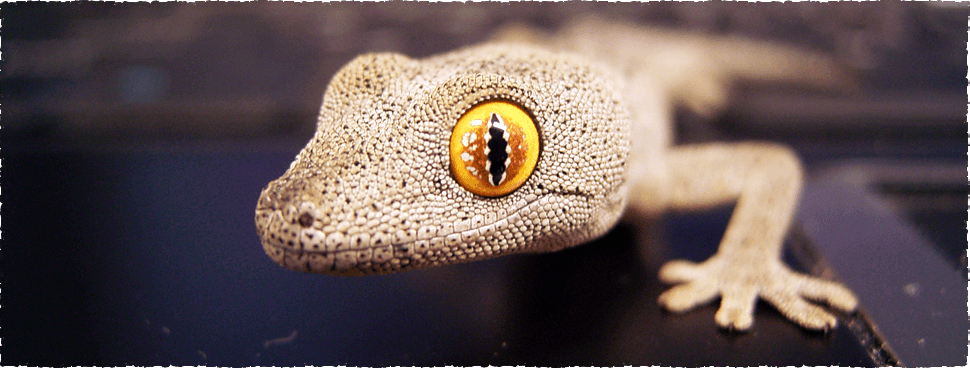




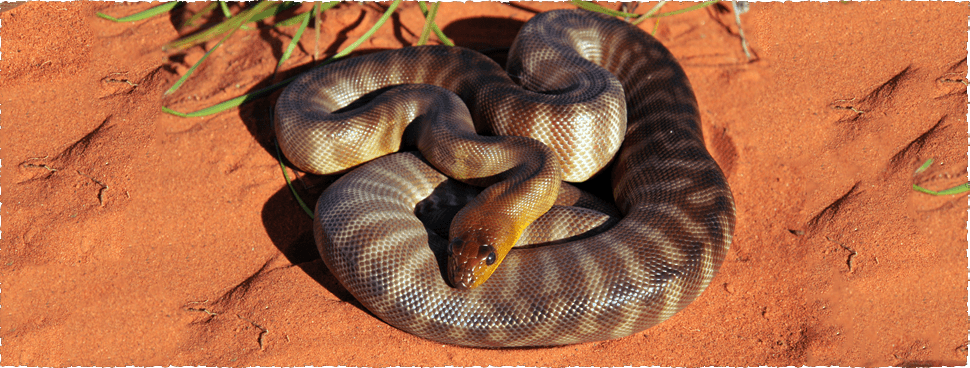
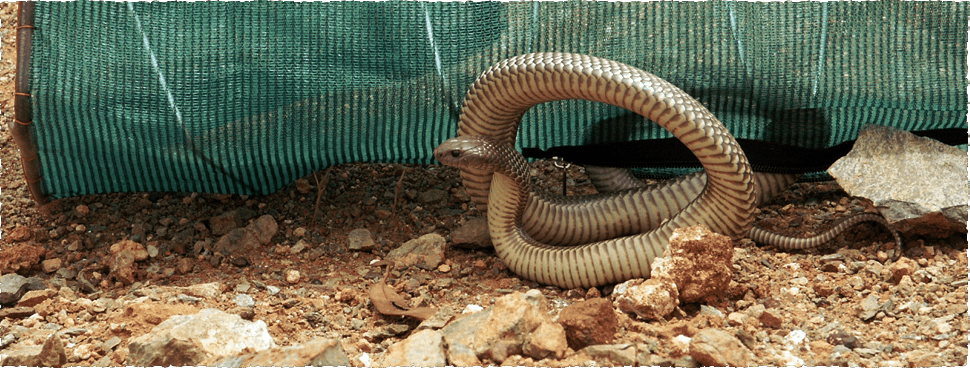

Fauna surveys and assessments using cameras – beware the unknown
Wildlife researchers have used automated cameras to detect and observe wildlife since at least the 1950s. The very early models were often built by the researcher and allowed a single exposure until the camera was reset, and most could not be used in adverse weather conditions. The trigger mechanism varied for the early models and was often unreliable and the trigger speed often slow. With the development of digital cameras, large capacity storage devices and motion and infra-red triggering mechanisms, cameras have become a mainstream tool for wildlife surveys. Cameras now have a diverse range of applications.
Modern cameras are mostly non-invasive, cryptic and are very useful for detecting animals that occur in low density, remote locations, are wary, nocturnal or infrequent visitors to an area. There is now an extensive body of published data on the choice, features and study designs for cameras, and techniques for analysing the images.
Cameras are now used for:
- point diversity and species inventories;
- detection of elusive or endangered species;
- estimation of relative abundance;estimation of density, survival and recruitment through the use of capture-mark-recapture analysis;
- occupancy estimations and modelling;
- monitoring populations;analysis of habitat associations;
- activity patterns;
- site-specific behaviour (e.g. den sites, carcass consumers); and
- wildlife crossing or green bridge use (e.g. culverts, bridges, ropes).
How do the current cameras work?
Most modern cameras have an inbuilt passive infra-red (PIR; pyroelectric) or microwave sensor that detect heat differential between the animal’s body and ambient conditions or motion, and a flash to illuminate the target area. Active infra-red devices require a beam of light to be cut to trigger the camera. They are now seldom used. For night use, there are PIR units with an infra-red flash that take monochrome images or a white or incandescent flash that gives colour images during the day and night. Most of the modern cameras have a removable storage device for downloading data, and some can be programmed to record time-lapse images.
Features that affect camera choice and functioning include: trigger speed, flash type for night images, detection zone (width, angle and length), still photographs vs video, time between photos, sensitivity, flash intensity and distance, power sources and energy efficiency, quality of the image, detection or success rates, user friendliness and camera housing (i.e. camouflage, waterproof , robustness).
Detection zone is particularly important. There are three crucial elements: width, angle and range, which combine to determine detection zone area. Detection width range from 2.1 to 14.3m, detection angle from 15o to 75o and range from 9 to 30m, providing a detection zone area that ranges from 15 to 325m².
Trigger speed (time from the first detection to the first image) is important and range from 0.2 to 4.0 seconds. The faster the speed the better the chance of capturing the required image.
The power source is an important consideration as it determines the field life and number of images that can be recorded. The three most commonly used batteries are lithium, nickel-metal hydride and alkaline.
Camera trap quality varies along with their functionality and specifications. Issues to be considered when using cameras include:
- ecology of the animal;
- whether they are predominantly nocturnal or diurnal;period in the field;
- likely number of images, or opportunities for an image;
- whether it is monitoring, a permanent station, or a presence-absence survey;
- camera height and angle;
- background;
- direction of the sun;
- mounting and security; and
- use of a bait station or attractant.
Bait pod
Terrestrial Ecosystems typically uses a bait pod as the attractant. The bait pod reduces theft of the bait by ravens, currawong, rats, etc, and enables the bait to stay moist which extends the duration of the effectiveness of the bait. It also elevates the bait to reduce attack by ants and can be secured to avoid it being removed. The placement of the bait pod can also be used to position the animal to improve identification by using anatomical features such as spot location on the back of Northern Quolls.
Data analysis
Data analysis is an important consideration. On a recent camera survey, we recorded in excess of 87,000 images, all of which needed to be viewed and the relevant ones extracted and catalogued. A dual screen computer is a distinct advantage. There is commercial software available to assist in this process.
Bait theft
Terrestrial Ecosystems recently used motion sensitive cameras to resolve a bait theft issue from cage traps. Baits were disappearing from wire cage traps, but the traps were not being triggered. Australian Raven and Grey Currawong are able to enter wire cage traps, and take the bait without placing sufficient pressure on the treadle to close the door. Cameras set adjacent to a couple of traps quickly showed what was causing the problem.
Presence and abundance of Northern Quolls
During a recent survey we found evidence of Northern Quolls in our equipment at a laydown area – they were probably attracted to our stored bait. It was not typical Northern Quoll habitat so we were wary that we had mis-identified the foot prints. Motion sensitive cameras confirmed Northern Quolls were climbing on our ATVs. This use of cameras led to the identification of a population in nearby areas where we subsequently set cameras and recorded >1,000 images of Northern Quolls.
The unknown fauna are always the most exciting. See below for pictures of fauna captured during some recent fauna surveys and assessments conducted around Western Australia.
 |
 |
 |
 |
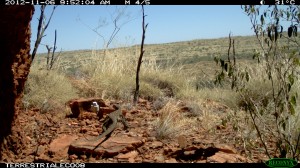 |
 |
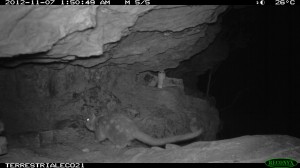 |
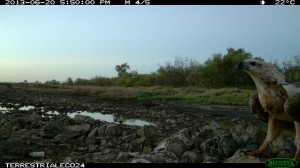 |
 |
 |
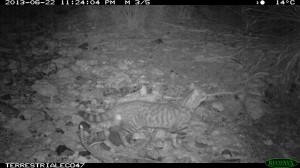 |
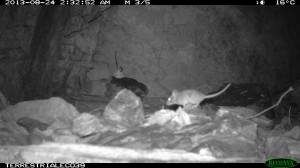 |
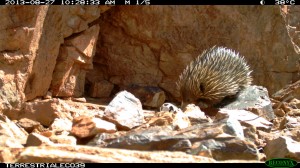 |
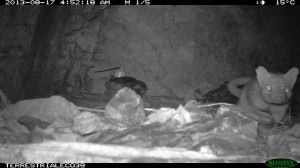 |
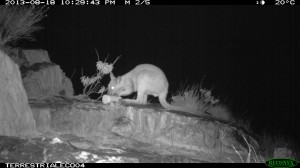 |
 |
Comments
Got something to say?

